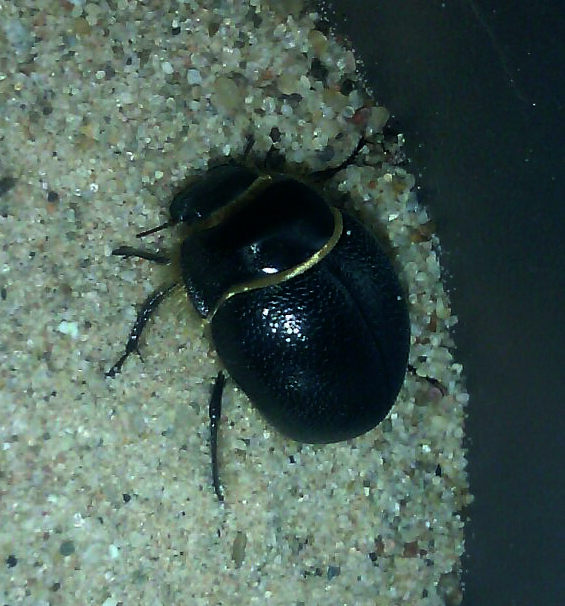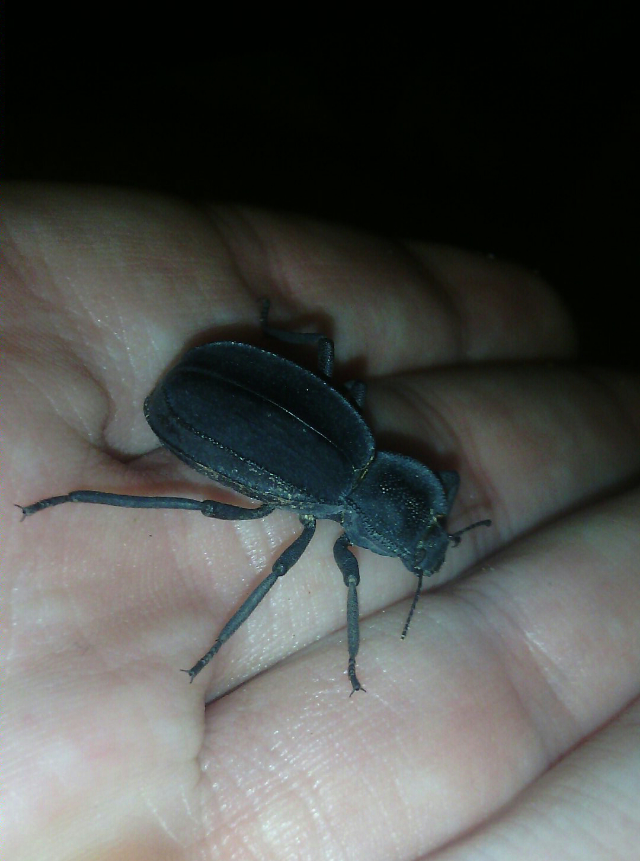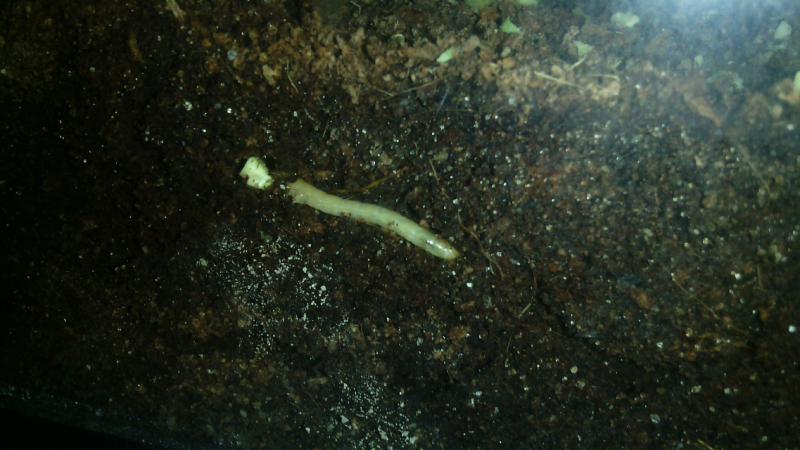Smokehound714
Arachnoking
- Joined
- Mar 23, 2013
- Messages
- 3,091
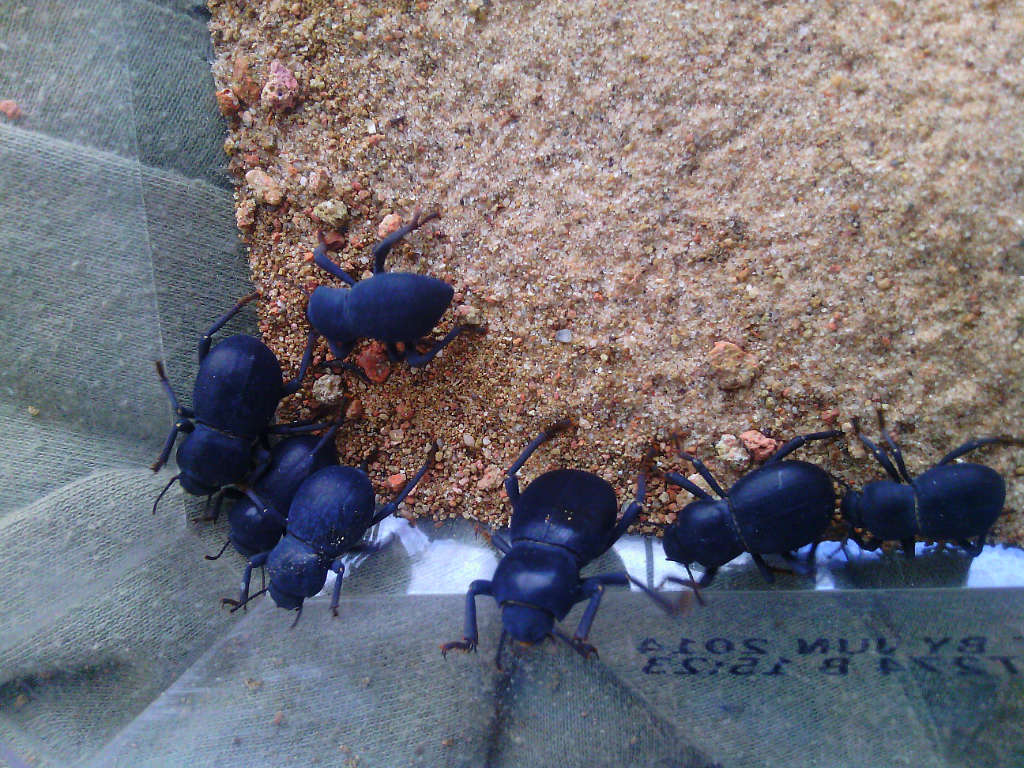
Asbolus laevis 'Smooth death-feigning beetle'.. ..Native to dunes of the southwest, closely related to the blue death-feigning beetles.
Eusattus dilatatus (top) -Endemic to the imperial sand dunes region
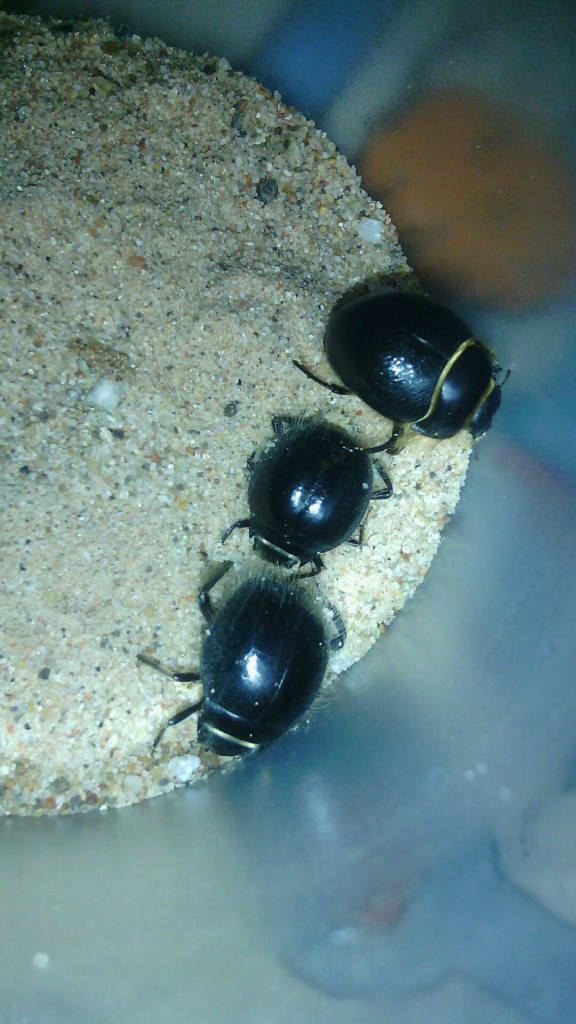
Edrotes ventricosus (bottom) 'Inflated darkling beetle' ..Native to sandy areas of the mojave desert, as well as a portion of the Sonoran.

